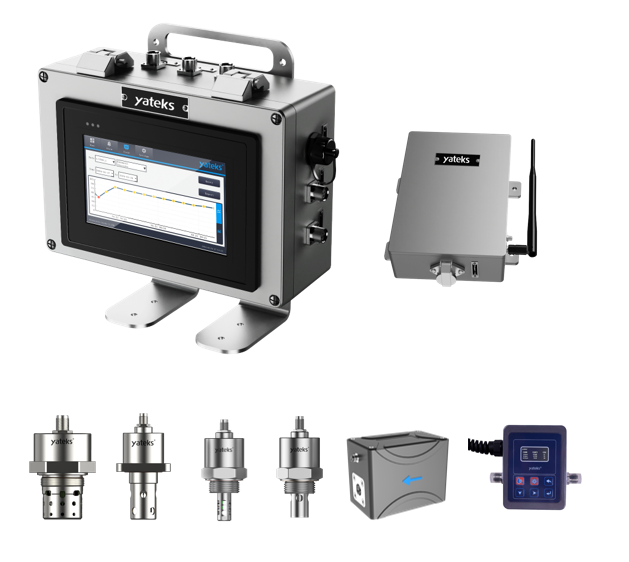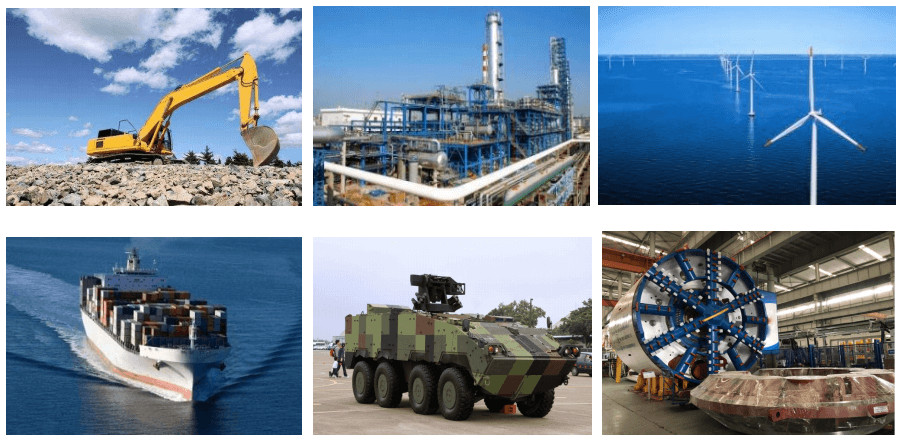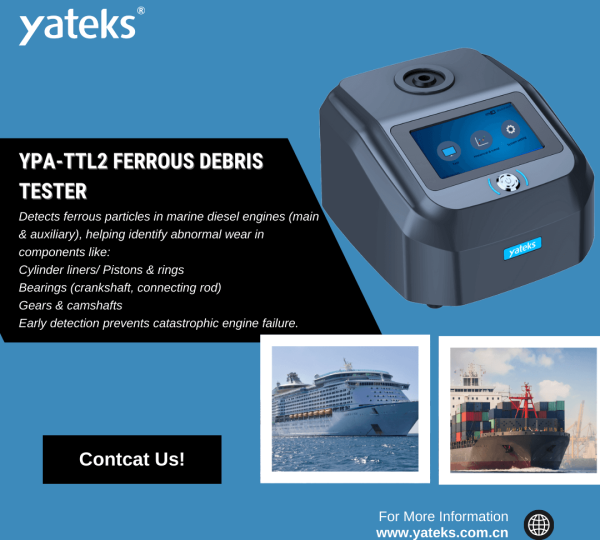1. Introduction
In modern industrial equipment maintenance, oil condition monitoring sensors have become a core tool for preventive and predictive maintenance. These sensors provide real-time monitoring of lubricating oil, hydraulic oil, and other industrial fluids, delivering critical data for equipment health management and effectively avoiding economic losses caused by unplanned downtime.
2. Technical Principles of Oil Condition Monitoring Sensors
Oil condition monitoring sensors primarily operate based on various physical and chemical detection principles:
-
Dielectric Constant Measurement: Evaluates oil degradation and contamination by detecting changes in dielectric properties.
-
Viscosity Sensing Technology: Measures oil viscosity changes using vibrating elements or micro-mechanical structures.
-
Water Content Detection: Utilizes capacitive or infrared spectroscopy methods to detect moisture levels.
-
Particle Counting: Analyzes particulate contamination via light scattering or resistive principles.
-
Metal Wear Particle Detection: Monitors metallic wear debris using electromagnetic induction or X-ray fluorescence.
3. Major Sensor Types and Their Applications
3.1 Online Oil Condition Sensors
These sensors are directly installed in oil circuits for real-time monitoring:
-
Hydraulic system health monitoring
-
Lubricating oil analysis in power generation units
-
Wind turbine gearbox oil monitoring
3.2 Portable Oil Analyzers
Ideal for periodic inspections and multi-point monitoring:
-
Routine maintenance checks for construction machinery
-
Marine power system oil condition assessment
-
Critical equipment inspections in industrial production lines
3.3 Laboratory-Grade Oil Analysis Systems
Provide the highest precision comprehensive oil analysis:
-
Complete oil testing for aircraft engines
-
Heavy-duty industrial equipment fault diagnosis
-
Accurate oil lifespan evaluation
4. Technical Advantages and Value Proposition
Key benefits of oil condition monitoring sensors include:
-
Real-time capability: Continuous data for immediate anomaly detection
-
Preventive function: Early warnings before failures occur, minimizing major losses
-
Cost efficiency: Optimized oil change intervals, reducing maintenance costs
-
Smart integration: Compatibility with IIoT platforms for predictive maintenance
5. Future Technological Trends
Oil condition monitoring sensors are evolving in the following directions:
-
Multi-parameter integration: Single sensors with multiple detection functions
-
Miniaturization: MEMS technology enabling smaller sensor sizes
-
AI-enhanced intelligence: Embedded algorithms for localized data analysis
-
Wireless connectivity: Adoption of low-power wireless transmission
-
Standardization: Unified data interfaces and communication protocols
6. Case Study
A large steel manufacturer achieved significant improvements after implementing an online oil monitoring system:
-
45% reduction in unplanned downtime of critical equipment
-
30% extension in lubricant replacement cycles
-
28% decrease in annual maintenance costs
-
20% increase in average equipment lifespan
7. Conclusion
As a vital component of Industry 4.0 equipment health management, oil condition monitoring sensors are driving transformative changes in industrial maintenance practices. With advancements in sensing technology and data analytics, these sensors will play an increasingly crucial role across industries, providing a solid foundation for smart manufacturing and predictive maintenance.



